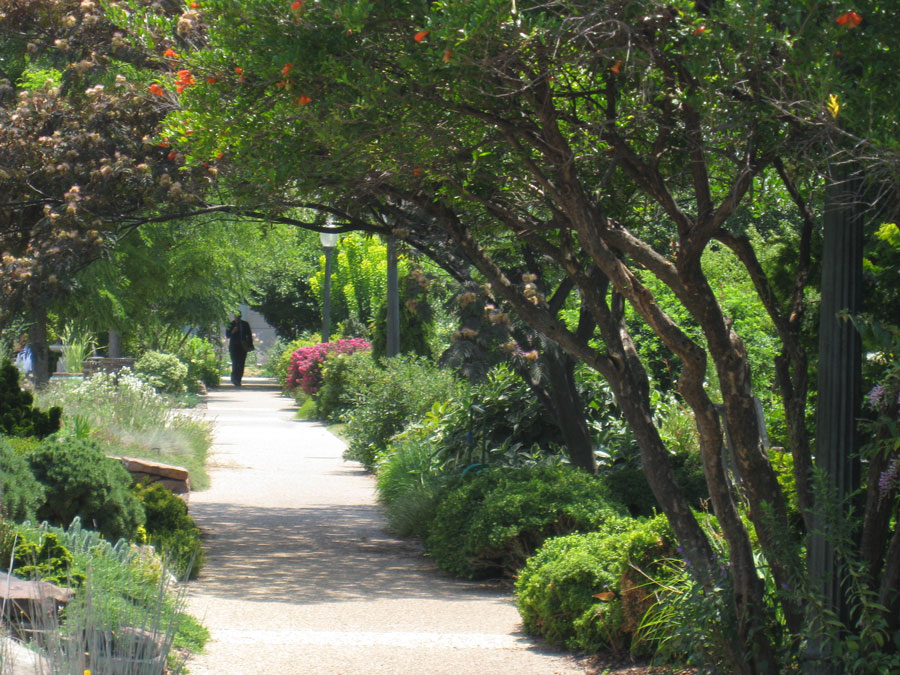
In our nation’s capital, a place normally immune to the dictates of fashion, detail-oriented paranoia never goes out of style. For people who want to be taken seriously — that is to say, almost everyone except the tourists who come to do the museum half-marathon, take in a few memorials and buy some cupcakes in Georgetown — the gold standard for the District Look remains The Suit, and nothing but The Suit.
Obama may get away with shorts while he’s on vacation, but bare knees never look presidential.
However, D.C. in the summertime often feels like a clambake from the clam’s point of view. To get by without wilting it behooves the locals to head for shade. In most of the city this is easy. Washington is a city of trees. Their storied canopy is even protected by local law (the Urban Forest Preservation Act of 2002). You have to pay a hefty fee if you want to take down a big tree on your own property ($35 per inch of the trunk’s diameter). And that’s not counting the cost of paying some tree service to do the job.
So, D.C. is a good place to be a tree. However, the one part of town where trees and the canopy they provide is less apparent is where the federal government occupies most of the real estate. Lots of massive marble and granite buildings, not so many oases, unless you count the National Mall, which is most often awash with tourists or protesters or celebrators of one thing or another. Still, wily wonks find quiet nooks where even the most weary policy analyst can enjoy some peace and quiet in the midst of the capital’s hubbub.
There’s a tendency in other parts of our great nation to look on Washington, D.C. as a kind of foreign country, perhaps even a hostile one. Yet if you prick us, do we not bleed? If you don’t vote for us, do we not air our views in the media anyway? The point is, everybody’s got a dork side. You just have to know where to look.
